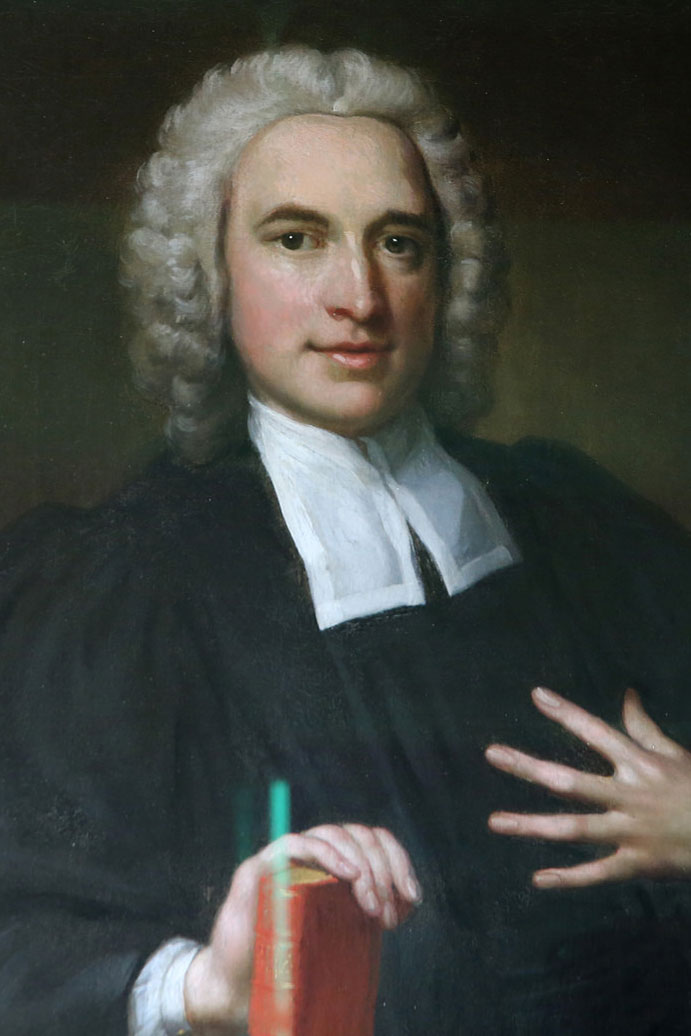Muchas iglesias de todas las denominaciones empiezan el culto de adoración del Día de Resurrección cantando “Cristo ha resucitado”. La letra escrita por Carlos Wesley celebra maravillosamente que la resurrección de Jesús es la victoria de Dios sobre la muerte, llamándonos a comunicar las buenas nuevas al mundo.
Un poco de historia
Carlos y Juan Wesley, fundadores de la Iglesia Metodista Unida, publicaron este precioso himno en su primer himnario, Hymns and Sacred Poems en 1739. En una sección al final del himnario se incluyen canciones para días especiales, donde el Himno “Hymn for Christmas-Day”, que conocemos como “Oíd un son en alta esfera”, está a solo unas páginas más abajo de “Hymn for Easter-Day” que conocemos como “Cristo ha resucitado”.
Para quienes conocen bien el himnario metodista unido, las palabras que Carlos Wesley escribió podrían parecer incompletas. Los “aleluyas” que estamos acostumbrados a cantar al final de cada línea no aparecen en el original. Un editor posterior añadió los aleluyas para que la letra se acomodara a la melodía y para dar más oportunidades de alabanza.
Penetrando en la historia
Wesley escribe de la resurrección usando el tiempo presente, invitándonos a la narración bíblica. Al cantar es fácil imaginarnos a nosotros mismos presentes entre los testigos de la tumba vacía esa mañana de resurrección. El original en inglés es diferente de la versión española. Su traducción dice:
Cristo el Señor está resucitado hoy,
Los hijos de los hombres y los ángeles, dicen;
Levantad vuestros gozos y triunfos en alto,
Cantad, cielos; y tierra, responde.
Al participar en este momento nos trae a la consciencia la magnitud de la resurrección. En esta estrofa de apertura, Wesley introduce un tema que se usa en todo el himno. La resurrección se celebra en la tierra y en el cielo.
Nuestro United Methodist Hymnal ha editado la segunda línea para que diga “La tierra y el cielo dicen en coro”, en lugar de “Los hijos de los hombres y los ángeles, dicen”. Según Ministerios de Discipulado Metodistas Unidos, este cambio pone al día el lenguaje de Wesley para que muestre inclusividad de género y para subrayar el impacto de la resurrección a lo largo de mundo y más allá.
“El universo entero canta el coro triunfante. La tierra y el cielo gritan su adoración uno al otro en gozo extático”, dice el erudito metodista unido Rev. Paul Chilcote en The Song Forever New: Lent and Easter with Charles Wesley
Vida en medio de la muerte
La tierra y el cielo cantan porque en la resurrección sabemos que la muerte no tiene la última palabra. Wesley escribe:
La obra redentora del amor ha sido terminada,
Peleó la pelea, ganó la batalla…Vive otra vez nuestro glorioso Rey,
¿Dónde, oh muerte, está ahora tu aguijón?
En una entrevista podcast, para Get Your Spirit in Shape (UMC.org), Chilcote dice: “La muerte parecería ser la última palabra en la vida de cada ser humano. Pero digo parecería ser porque no lo es. La palabra final la tiene la vida, no la muerte. La palabra final es la resurrección. La palabra final es la vida eterna con el Dios que nos ama”.

Wesley nos llama a vivir en la vida eterna cada día:
Nos elevamos ahora a donde Cristo nos guía
Siguiendo a nuestra cabeza exaltada,
Hechos como él, como él nos levantamos,
¡Nuestra es la cruz, la tumba, los cielos!
En otra estrofa más abajo, la cual no aparece en el United Methodist Hymnal, Wesley repite nuestro llamado a seguir de cerca a Cristo cada día:
Levantados con él, nos movemos hacia arriba,
Todavía buscamos las cosas de arriba,
Todavía seguimos y besamos al Hijo
Sentado en el trono de su Padre.
La vida aún está por venir
En las últimas tres de las 11 estrofas de Wesley, el himno cambia su enfoque a la esperanza del día de la resurrección que todavía está por venir. Wesley vuelve al tema de la tierra y el cielo que cantan alabanzas en dicho día:
¡Salve, Señor de la tierra y el cielo!
Alabanza a ti sea dada por ambos:
A ti te saludamos triunfantes ahora;
¡Salve, tú, a la resurrección!
Jesús es la resurrección que trae nueva vida para toda la creación, llevándola a su plenitud.

Por la gracia de Dios recibimos vida nueva en Cristo y compartiremos el amor de Dios con el mundo. Lo hacemos cuando nos unimos a este himno con nuestras voces y vidas.
Rey de Gloria, alma de dicha,
Eterna vida es esta,
Conocerte, tu poder gustar,
¡Así cantar, y así amar!
Vivir la resurrección todos los días
“¿Acaso no experimentamos tantas pequeñas muertes en nuestras vidas?” pregunta Chilcote en la entrevista que mencionamos. Algunas muertes son literales, como cuando muere un ser querido. Pero también experimentamos otras pérdidas. Damos fin a una relación. Perdemos un empleo. “Cristo ha resucitado” proclama que Jesús conquistas todas esas muertes.
“El mensaje central de nuestra fe”, concluye Chilcote, “es la cruz y la resurrección. Es la más antigua proclamación de un Dios que está entregado a levantarnos de los muertos. Si esto no es buenas nuevas, no sé qué otra cosa sería”.
Cuando nos reunimos para la adoración el Domingo de Resurrección, y cantamos “Cristo ha resucitado”, celebramos la resurrección de Jesús, y las buenas nuevas de Dios que la vida vence a la muerte. Como sus discípulos en el mundo hoy, debemos levantar nuestro gozo y triunfo en alto para invitar a otros a que se nos unan en esta nueva forma de vivir.
Fuentes
Chilcote, Paul Wesley. The Song Forever New: Lent and Easter with Charles Wesley. New York: Morehouse, 2009.
Wesley, Charles. “Hymn for Easter-Day.” Hymns and Sacred Poems. London: Strahan, 1739. p. 209-211. Accessed through The Center for Studies in the Wesleyan Tradition, Duke Divinity School.
Lea el texto original de Carlos Wesley aquí.
Joe Iovino trabaja para UMC.org en Comunicaciones Metodistas Unidas. Contáctese por email.
This story first posted on April 10, 2017.





